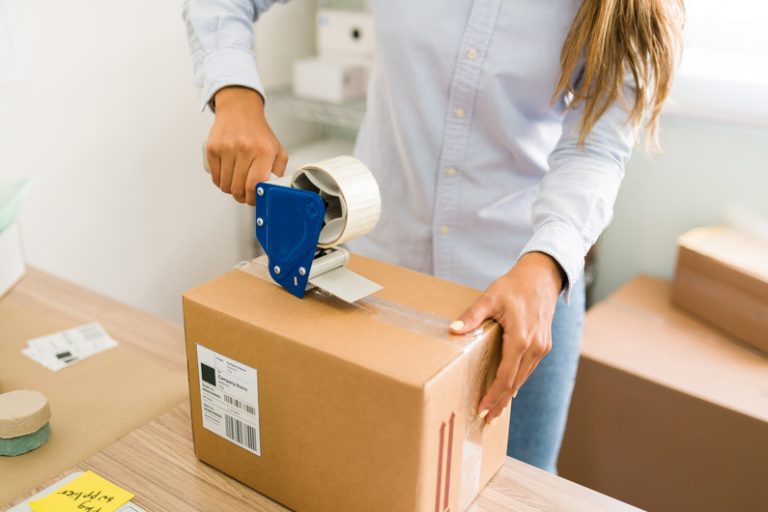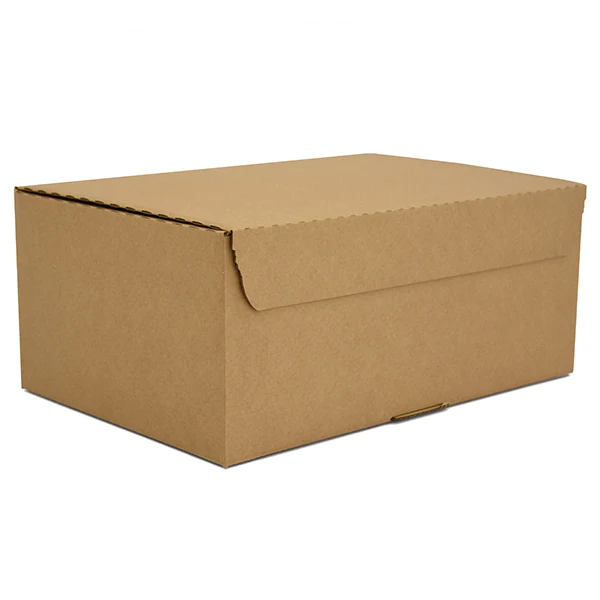What is the logistical process of parcel shipping?
The parcel shipping logistics process is a complex set of activities that must be precisely coordinated to ensure that shipments reach customers on time and intact. Understanding the various stages of the process is key to effective logistics management at a company. Here is a detailed description of what the logistics process of parcel shipping looks like.
1. Order acceptance
Placing an order
The process begins when a customer places an order. This can be done through a variety of channels, such as the website, phone or email. Today's e-commerce systems often offer additional options, such as mobile apps or integrations with social media platforms, to enhance customer convenience and offer accessibility.
Order confirmation
Once the order is placed, the system generates a confirmation that is sent to the customer. This confirmation contains details of the order, such as products, prices, delivery address and expected delivery time. In addition, the confirmation may include information about tracking options and a contact for customer service should questions arise or changes need to be made. This gives the customer a sense of security and full control over their order. It is worth ensuring that communication is clear and transparent, which builds trust and increases the chances of repeat purchases in the future.
2. Preparing the order for shipment
Collecting products
Warehouse workers collect the ordered products from the shelves. This is a stage where precision is crucial to avoid errors and mistakes. Warehouse management systems (WMS) often support this process by ensuring that products are located quickly and accurately.
Packaging
Products are carefully packed to ensure their safety during transportation. At this stage, various packing materials are used, such as packing tapes, bubble wrap and fillers. It is especially important to use packing tapes properly to protect the package from damage. It is increasingly common to use printed adhesive tape, which not only serves a security function, but also reinforces the visual identification of the brand. Personalized tapes can contain the company logo or relevant messages, making the package look professional and the customer immediately associate it with the sender.
Labeling
The package is labeled, which includes putting all the necessary information on it, such as the recipient's address, barcode and order number. The labels must be legible and in accordance with the carrier's requirements. It is also important that the labels are adequately protected from damage or getting wet during transport, which can be further supported by carefully applied adhesive tape.
The use of appropriate tools and materials at every stage of preparing an order for shipment contributes to on-time delivery and customer satisfaction.
3. Carrier selection and shipment
Carrier selection
At this stage, a carrier is selected to deliver the package to the customer. The choice of carrier can depend on many factors, such as price, delivery time, range and special requirements of the customer.
Shipping
The parcels are forwarded to the carrier, which takes care of further transportation. The carrier scans the parcels, allowing them to be tracked from shipment to delivery.
4. Transportation and shipment tracking
Transport
The carrier transports parcels to various distribution centers, from where they are further shipped to their final destinations. Transportation can involve various means, such as trucks, planes or trains.
Tracking the shipment
With tracking systems, both the company and the customer can monitor the status of the shipment in real time. Tracking of a shipment is possible thanks to barcodes scanned at various stages of transportation.
5. delivery to customer
Package delivery
The courier delivers the package directly to the customer's door. The customer may be asked to sign a receipt, which is proof that the package was delivered intact. An important element here is also the first impression that the package makes on the recipient. A carefully packaged parcel, for example, using a printed packaging tapes, not only enhances the security of the contents, but also strengthens the brand image. Personalized ribbons help to easily identify the sender and make the shipment look professional.
After-sales service
Once the package is delivered, it is important to ensure that the customer can be contacted in case of any problems. After-sales service includes resolving issues related to complaints, returns or product exchanges. With efficient communication and quick response to requests, the company can build positive relationships with customers and increase customer loyalty. In addition, attention to detail, such as aesthetically pleasing and sturdy package protection, significantly affects the customer's overall shopping experience.
Summary
The parcel shipping logistics process is a complex set of activities that requires coordination and precision at every stage. From the moment a customer places an order, to the preparation and shipment of the package, to its delivery, every step is important to ensure customer satisfaction and operational efficiency for the company. Attention to detail, such as proper packaging and tracking of shipments, allows for efficient order processing and building a positive corporate image.







